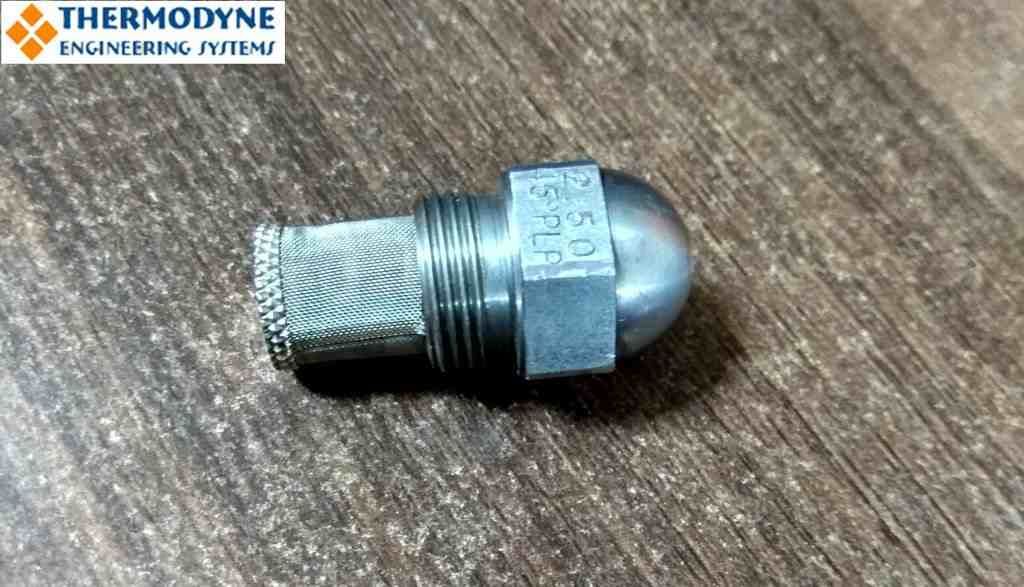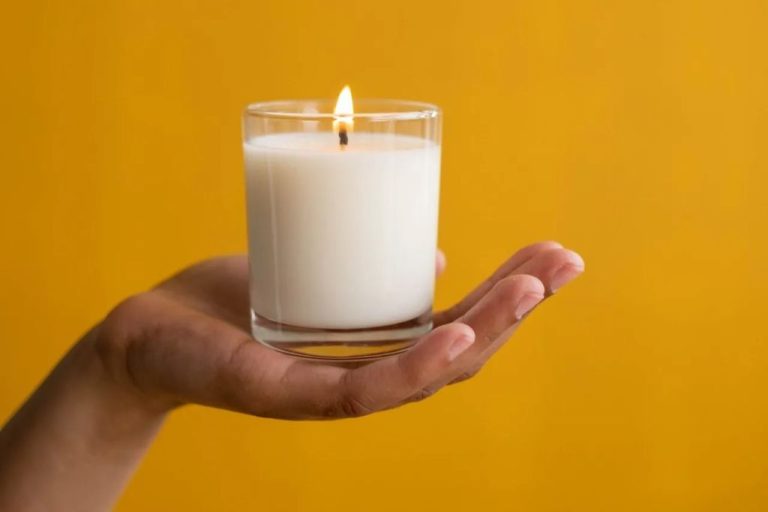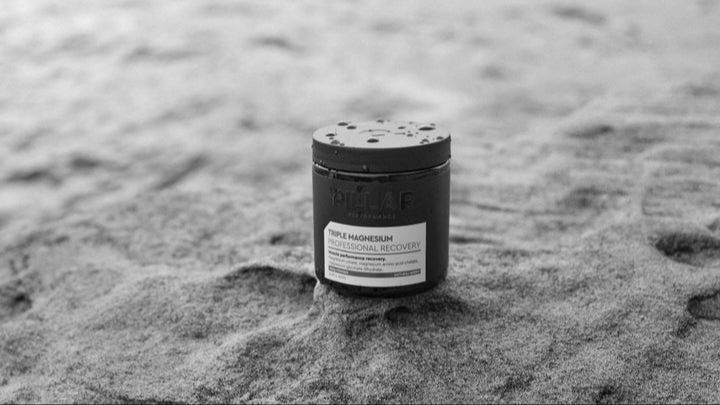Can You Burn Scented Oil?
Scented oils have a long history dating back to ancient Egypt, where they were highly prized commodities. According to ancient texts, Egyptians used fragrant oils in religious ceremonies, cosmetics, medicines, and embalming practices. Scented oils were believed to have divine and magical properties and were closely associated with royalty and wealth. Theophrastus, a Greek scholar and philosopher, recorded that Egyptians were the first to discover the art of distilling scented oils in the 3rd century BCE. Today, scented oils continue to be popular for their aromatic properties and versatile household uses.
This article provides a comprehensive guide to burning scented oils safely and effectively. We’ll explore the history, types, benefits, and proper usage of scented oils. With helpful tips and answers to frequently asked questions, you’ll learn everything you need to enjoy scented oils in your home.
What Are Scented Oils?
Scented oils, also known as fragrance oils or aromatic oils, are oils that have been infused with fragrance compounds to give them a pleasant smell. They are created by blending natural essential oils and aroma chemicals to produce a specific scent. Common scented oils include floral scents like rose, lavender, and jasmine, as well as fruity scents like lemon, orange, and vanilla. Scented oils can be made from a variety of carrier oils such as coconut, jojoba, or sweet almond oil.
Unlike essential oils which are extracted directly from plants, most scented oils do not contain natural ingredients. They are artificially created in laboratories to imitate natural scents at a much lower cost. This makes them more affordable and accessible for use in products like candles, perfumes, lotions, soaps, and cleaning products.
Overall, scented oils refer to any oil, natural or synthetic, that has fragrance added to it to produce a desired smell. Their artificial nature provides a cheaper alternative to pure essential oils for scenting commercial and homemade products.
Popular Types of Scented Oils
There are many different types of scented oils that can be used in oil burners. Some of the most popular include:
- Essential Oils – These are concentrated oils extracted from plants, flowers, trees, etc. Popular options include lavender, lemon, eucalyptus, peppermint, and tea tree.
- Fragrance Oils – These are synthetic oil blends created to mimic natural scents. Common fragrances include vanilla, cinnamon, jasmine, rose, and honey.
- Carrier Oils – Carrier oils like jojoba, sweet almond, or grapeseed are often mixed with essential oils to dilute them before adding to an oil burner.
Additional popular scented oils for oil burners include patchouli, sandalwood, citrus blends like grapefruit and orange, pine and cedarwood, and floral oils like ylang ylang and geranium. Herbaceous oils like rosemary and thyme are also commonly used.
The most popular scents tend to be fresh and invigorating smells like citrus and mint, along with calming floral scents. When choosing a scented oil, it’s best to select an aroma you find pleasant and that creates the mood you desire.
Benefits of Scented Oils
One of the main benefits of scented oils is their use in aromatherapy. Aromatherapy utilizes essential oils extracted from plants to promote health and well-being 1. Essential oils like lavender, chamomile, and eucalyptus have been shown to help reduce stress, anxiety, and depression when inhaled. The pleasant aroma of the oils triggers the limbic system of the brain, which controls emotions and memories. This can have a calming effect and lift moods. Scented oils used in aromatherapy may also help with sleep issues, headaches, and pain management.
Burning scented oils allows the aroma to permeate the air to maximize these aromatherapy benefits. The continuous fragrance works to create a relaxing or invigorating environment depending on the oil used. Popular scented oils used in aromatherapy include lavender, peppermint, lemongrass, bergamot, rose, and sandalwood. Always opt for 100% pure essential oils and experiment to find the scents that work best for your needs.
Safety Concerns
While scented oils can offer various benefits when used properly, there are some potential risks if used improperly. According to TASB Risk Management Fund, inhaling concentrated amounts of scented oils, especially for prolonged periods, may cause headaches, nausea, and other symptoms in some individuals. Some key safety concerns include:
- Using too much oil or having poor ventilation can lead to overpowering scents that bother those nearby.
- Certain oils may irritate lungs or airways if inhaled directly. This is most problematic for babies, children and seniors.
- Oils should never be ingested, as many are toxic. Care should be taken to avoid contact or accidental ingestion.
- Some oils can be flammable and create fire hazards near open flames or heat sources.
- Oils may damage furniture, carpets or surfaces if spilled. Proper precautions should be taken.
- Those with asthma, allergies or sensitivity to fragrances may wish to avoid scented oil use.
With proper care and moderate, well-ventilated use, most risks can be minimized. But caution should be exercised, especially around vulnerable populations.
Choosing an Oil Burner
When selecting an oil burner, there are several key features to consider:
Type of Oil Burner – The main types are candle, potpourri, electric, and reed diffusers. Candle burners are simple but require supervision. Potpourri burners disperse fragrance through heating beads. Electric burners use a heated base and fan to distribute scent. Reed diffusers rely on reeds placed in scented oil.
Fragrance Coverage – Look at the square footage a burner can effectively scent. Potpourri and electric burners often provide more widespread fragrance.
Style and Design – Choose an aesthetic to match your home decor. Decorative styles range from ceramic to modern.
Automatic Shutoff – Electric and candle burners should have auto shutoff for safety when the oil runs out.
Reservoir Size – Bigger reservoirs mean less frequent refilling. But large amounts of oil may lose potency over time.
“When selecting an oil burner, look at the type, coverage, design, safety features, and oil capacity to choose the best option for your needs.” (St. Louis Post-Dispatch)
Using Your Oil Burner
Using an oil burner properly and maintaining it well is crucial for safety and effectiveness. Here are some key tips for using your oil burner:
Before lighting, make sure the wick is trimmed to 1⁄4 inch length to avoid excess smoking. Long or frayed wicks can create more soot. Trim with scissors or a wick trimmer every few uses.
Add just enough oil to slightly cover the wick and disperse scent. Adding too much oil can lead to more smoke and irregular burning. For a stronger scent, add another drop or two. But more oil does not always equal more fragrance.
Light the wick carefully with a long match or lighter. Blow out the match or lighter before pulling it away to avoid dripping wax.
Place the burner on a heatproof surface away from curtains, fabrics, books and other flammables. Do not move the burner once lit.
Never leave a burning oil burner unattended. Trim the wick as needed and top up oil while lit, but stay nearby. Extinguish the flame if you need to leave the room.
Allow the wick and burner to fully cool before adding more oil or handling. Use tongs to adjust the wick while hot. Pour out excess oil once cooled.
Clean the burner regularly by wiping out oil residue with a paper towel or soft cloth. Use a cotton swab dipped in rubbing alcohol to remove stubborn buildup.
Replace the wick when it gets excessively thick, twisted or blackened. Trim off carbon deposits on the wick holder.
Look for clean burn and a steady flame. If you see excessive smoke or an unusual flame, extinguish and inspect the wick.
Never use water to extinguish the flame. This can cause the oil and burner to spatter and spread the fire. Smother the flame by capping or snuffing instead.
Allow proper ventilation and airflow around the burner. Do not block vents or overload a room with burners.
Top Oil Burner Tips
Getting the most out of your oil burner involves following some best practices when it comes to maintenance and operation. Here are some top tips:
Clean your oil burner nozzle regularly by shutting off the heating system, removing the nozzle, and soaking it in solvent for 15-20 minutes before scrubbing clean with a wire brush. This helps remove any carbon buildup that can impact efficiency (PointBayFuel).

Change your oil burner nozzle every year or two depending on your usage. Old nozzles get worn down over time. Replacing them helps optimize the spray pattern and flow rate (Hearth.com).
Have your oil burner tuned up annually by a professional technician. They will inspect components like the ignition, electrodes, fan, and filters to ensure peak performance.
Keep your oil tank full during the winter to prevent condensation buildup and sludge. Topping it off helps the oil flow smoothly to the burner.
Set your thermostat to lower temperatures at night or when away from home to conserve fuel. Turning it down just 5-10 degrees F can make a noticeable difference.
Make sure your home is properly insulated and seal any air leaks around doors and windows. This puts less strain on your oil burner to maintain comfortable temperatures.
FAQs
Here are some common questions about burning scented oils:
Is it safe to burn scented oils?
Burning scented oils is generally safe if done properly, but there are some precautions to take. Make sure to use a specially designed oil burner, read any safety warnings, keep it out of reach of children and pets, and don’t leave it burning unattended (Source).
How do I use an oil burner?
Most oil burners involve putting water or wax in the base, adding a few drops of oil, then lighting a tealight candle underneath to warm and disperse the scent. Refer to the specific instructions for your oil burner model. Use caution when handling hot oil burners (Source).
Where should I put an oil burner?
Place your oil burner in a stable, fireproof location out of reach of children and pets. Avoid drafty areas. Bedside tables, coffee tables, and shelves are common spots. Don’t put it directly on furniture surfaces in case of spills (Source).
How often do I need to replace the oil?
Expect to replace the scented oil every 2-4 hours for continuous fragrance. Top it up as needed. Allow the oil burner to cool before handling it and adding more oil (Source).
Conclusion
Scented oils can offer many benefits for your health, home, and mood, when used properly. Burning oils requires taking suitable precautions to stay safe. Choose a high quality diffuser or burner and do not leave oils unattended when burning. Oils should always be diluted before burning to prevent overpowering scents and potential issues. Test oils in small amounts first and never exceed burner capacity. Avoid breathing oils directly and stop use if any irritation occurs. With proper care, burning scented oils can be an enjoyable way to fill your home with pleasant fragrances and aroma therapy effects. Overall, burning scented oils can be a safe, simple way to enhance your environment when done mindfully.






